CPAC is over (if you want it)
This is the year that reporters from mainstream news outlets around the globe will finally stop covering the Conservative Political Action Conference (CPAC).
Just kidding.
The annual event, hosted by the American Conservative Union (ACU) since 1974, is chock-full of exactly the sort of quirky right-wing spectacle that virtually ensures clicks and ratings. Republican Party A-listers flirting with higher office? Check. Conservative celebrities doing racism or sexism while choir-preaching? Check. Cosplay (Revolutionary War-era, wall suits, snowflake suits)? Check. Grifters (garish artists, political merchandisers, pillow impresarios, James O’Keefe)? You know it.
CPAC’s combination of political power, D-list celebrity, and “real Americans” geeking out in proximity to both gives political reporters a one-stop shop for “checking the pulse” of the U.S. right wing. CPAC is, by design, the lowest hanging fruit of U.S. political reporting assignments — a fact that should make reporters and editors more wary than they have been to cover it year after year.
The CPAC we know today was inspired by the “political action conferences” hosted by Human Events in the late 1950s and early 1960s. Those were framed as homecoming gatherings, where beleaguered conservatives could hear speeches from leaders like Strom Thurmond and John Tower, and to meet “winners who won against liberals” during an era when liberals were for the most part soundly defeating conservatives. They attracted avowed segregationists and right-wing anti-communists — the John Birch Society set.
By the mid-1970s, conservatives were busy rebranding their movement to make its extreme politics more palatable to party and media elites. Much has been made of William F. Buckley’s denunciation of Birch founder Robert Welch in the pages of National Review in 1962 — but that was only the most public of a series of efforts to insulate the modern conservative movement’s reputation from its racist and conspiracist fringes.
In December 1964, at the ACU’s inaugural business meeting, the organization’s first order of business was a motion by Buckley to exclude all John Birch Society leadership from membership in ACU. The next day the ACU board met again and unanimously rescinded its formal ban, “provided that it is the understood policy of the Board that such restrictions shall apply as a matter of unstated policy.”
Launched by the ACU a decade later, CPAC was designed to showcase the respectability politics and political savvy of the “New Right.” From the start, its aim was equal parts conservative networking and media spectacle. As the ACU wrote in its press release for CPAC 1974: “The Conservative Political Action Conference will be an opportunity for the news media to see, meet, and hopefully better understand the ever-growing conservative movement in the United States.”
This focus on promoting media “understanding” underscored CPAC’s central role in mid-century conservative respectability politics — convincing a mainstream press, inclined to view conservatives as kooks, racists, and conspiracists, that the movement should be taken seriously as the responsible opposition.
From the 1970s until recently, covering CPAC meant (wittingly or unwittingly) participating in the legitimation of the modern conservative movement in the United States. The press played a crucial, if under-appreciated (especially by conservatives), role in the movement’s capture of the Republican Party.
In short: Covering CPAC has always been an ethically fraught endeavor for professional journalists. The event is designed to increase the national name recognition of conservative politicians, to valorize the putative cunning of conservative strategists, and to amplify the public policy issues that matter most to conservative ideologues.
Lately, of course, CPAC has become as much a showcase of the irresponsibility of the modern conservative movement as any of the above. Trump’s takeover of the Republican Party has shifted what had been a delicate conservative movement balance. Grifters and charlatans now seem to outnumber ideologues within the movement’s ranks.
While there are still panels on niche conservative ideological issues and tactics, the purpose of CPAC has long since shifted from promoting conservative candidates and policies to stuffing the wallets and social media followings of right-wing influencers who see the culture wars as less a hegemonic struggle than a lucrative business opportunity.
Mainstream press coverage of this sort of event legitimizes this practice, and amplifies disingenuous, self-serving “politics” over meaningful deliberation over the policy issues of the day. Covering CPAC has always been ethically dubious; covering it now is journalistic malpractice.
Is the modern conservative movement your beat? By all means, attend CPAC. As a researcher of right-wing media, I admit that it’s a convenient site for source cultivation and participant observation.
But there is simply no need for wire services and every other major global news outlet to report on this pseudo-event each year. And if you feel yourself resisting this, ask yourself: When was the last time Netroots or Creating Change or any similar progressive political conference got the sort of intensive global attention that CPAC gets annually?
The “liberal media” trope has long obscured journalistic complicity in mainstreaming modern conservative ideas and leaders. It’s time reporters stopped uncritically carrying water for the movement. If U.S. conservatives convene in Florida, or Hungary, or Japan, and nobody covers them, do their gatherings still have political consequences? Let 2022 be the year we find out.
A.J. Bauer is an assistant professor in the Department of Journalism and Creative Media at the University of Alabama.

This is the year that reporters from mainstream news outlets around the globe will finally stop covering the Conservative Political Action Conference (CPAC).
Just kidding.
The annual event, hosted by the American Conservative Union (ACU) since 1974, is chock-full of exactly the sort of quirky right-wing spectacle that virtually ensures clicks and ratings. Republican Party A-listers flirting with higher office? Check. Conservative celebrities doing racism or sexism while choir-preaching? Check. Cosplay (Revolutionary War-era, wall suits, snowflake suits)? Check. Grifters (garish artists, political merchandisers, pillow impresarios, James O’Keefe)? You know it.
CPAC’s combination of political power, D-list celebrity, and “real Americans” geeking out in proximity to both gives political reporters a one-stop shop for “checking the pulse” of the U.S. right wing. CPAC is, by design, the lowest hanging fruit of U.S. political reporting assignments — a fact that should make reporters and editors more wary than they have been to cover it year after year.
The CPAC we know today was inspired by the “political action conferences” hosted by Human Events in the late 1950s and early 1960s. Those were framed as homecoming gatherings, where beleaguered conservatives could hear speeches from leaders like Strom Thurmond and John Tower, and to meet “winners who won against liberals” during an era when liberals were for the most part soundly defeating conservatives. They attracted avowed segregationists and right-wing anti-communists — the John Birch Society set.
By the mid-1970s, conservatives were busy rebranding their movement to make its extreme politics more palatable to party and media elites. Much has been made of William F. Buckley’s denunciation of Birch founder Robert Welch in the pages of National Review in 1962 — but that was only the most public of a series of efforts to insulate the modern conservative movement’s reputation from its racist and conspiracist fringes.
In December 1964, at the ACU’s inaugural business meeting, the organization’s first order of business was a motion by Buckley to exclude all John Birch Society leadership from membership in ACU. The next day the ACU board met again and unanimously rescinded its formal ban, “provided that it is the understood policy of the Board that such restrictions shall apply as a matter of unstated policy.”
Launched by the ACU a decade later, CPAC was designed to showcase the respectability politics and political savvy of the “New Right.” From the start, its aim was equal parts conservative networking and media spectacle. As the ACU wrote in its press release for CPAC 1974: “The Conservative Political Action Conference will be an opportunity for the news media to see, meet, and hopefully better understand the ever-growing conservative movement in the United States.”
This focus on promoting media “understanding” underscored CPAC’s central role in mid-century conservative respectability politics — convincing a mainstream press, inclined to view conservatives as kooks, racists, and conspiracists, that the movement should be taken seriously as the responsible opposition.
From the 1970s until recently, covering CPAC meant (wittingly or unwittingly) participating in the legitimation of the modern conservative movement in the United States. The press played a crucial, if under-appreciated (especially by conservatives), role in the movement’s capture of the Republican Party.
In short: Covering CPAC has always been an ethically fraught endeavor for professional journalists. The event is designed to increase the national name recognition of conservative politicians, to valorize the putative cunning of conservative strategists, and to amplify the public policy issues that matter most to conservative ideologues.
Lately, of course, CPAC has become as much a showcase of the irresponsibility of the modern conservative movement as any of the above. Trump’s takeover of the Republican Party has shifted what had been a delicate conservative movement balance. Grifters and charlatans now seem to outnumber ideologues within the movement’s ranks.
While there are still panels on niche conservative ideological issues and tactics, the purpose of CPAC has long since shifted from promoting conservative candidates and policies to stuffing the wallets and social media followings of right-wing influencers who see the culture wars as less a hegemonic struggle than a lucrative business opportunity.
Mainstream press coverage of this sort of event legitimizes this practice, and amplifies disingenuous, self-serving “politics” over meaningful deliberation over the policy issues of the day. Covering CPAC has always been ethically dubious; covering it now is journalistic malpractice.
Is the modern conservative movement your beat? By all means, attend CPAC. As a researcher of right-wing media, I admit that it’s a convenient site for source cultivation and participant observation.
But there is simply no need for wire services and every other major global news outlet to report on this pseudo-event each year. And if you feel yourself resisting this, ask yourself: When was the last time Netroots or Creating Change or any similar progressive political conference got the sort of intensive global attention that CPAC gets annually?
The “liberal media” trope has long obscured journalistic complicity in mainstreaming modern conservative ideas and leaders. It’s time reporters stopped uncritically carrying water for the movement. If U.S. conservatives convene in Florida, or Hungary, or Japan, and nobody covers them, do their gatherings still have political consequences? Let 2022 be the year we find out.
A.J. Bauer is an assistant professor in the Department of Journalism and Creative Media at the University of Alabama.
Parker Molloy

Meena Thiruvengadam
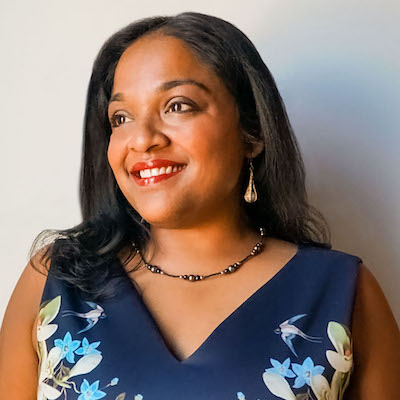
Raney Aronson-Rath
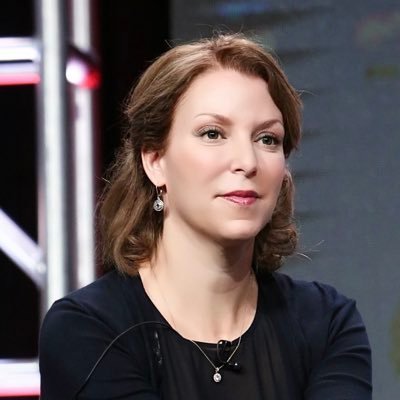
Cristina Tardáguila

Jonas Kaiser

Whitney Phillips

Rachel Glickhouse

Mario García
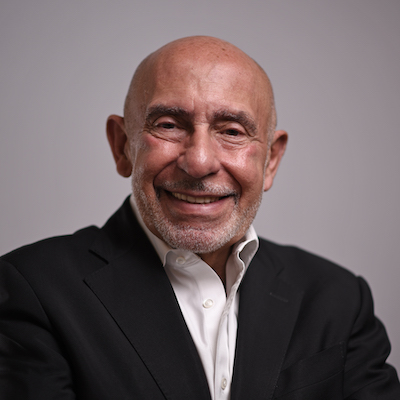
Jesenia De Moya Correa
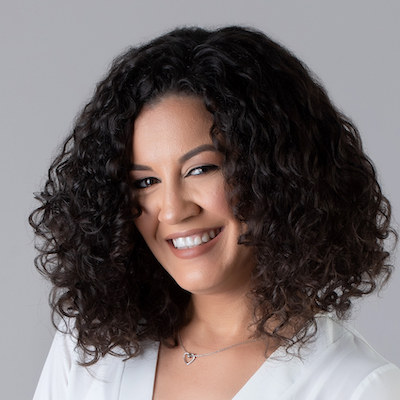
Sarah Marshall

Victor Pickard
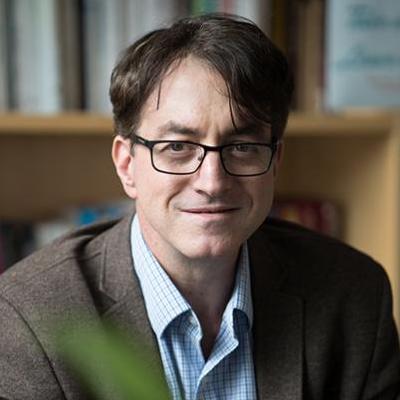
Joshua P. Darr

Juleyka Lantigua

Joy Mayer

Jesse Holcomb

Wilson Liévano
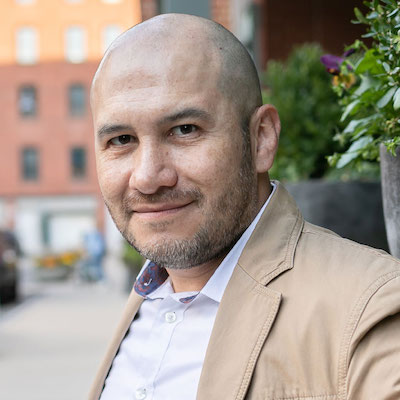
Kerri Hoffman
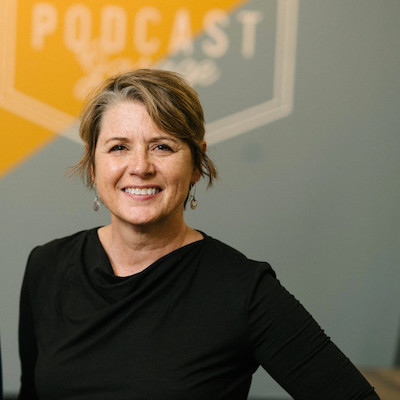
Simon Galperin

Catalina Albeanu

Stefanie Murray

James Salanga

AX Mina

Daniel Eilemberg

Paul Cheung

Jody Brannon

Christina Shih

Ariel Zirulnick
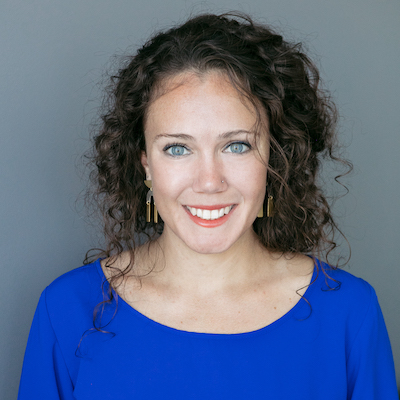
Julia Angwin
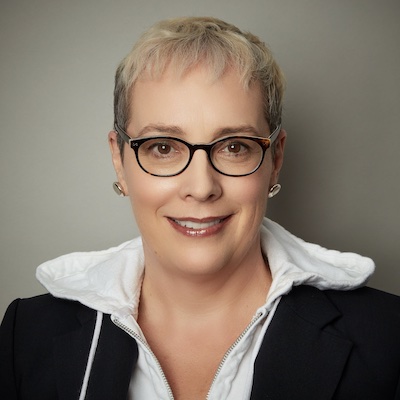
Rasmus Kleis Nielsen

Anthony Nadler

Amy Schmitz Weiss
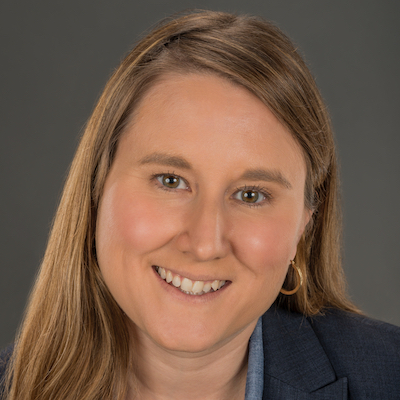
Michael W. Wagner

Joanne McNeil

Matthew Pressman

Jim Friedlich
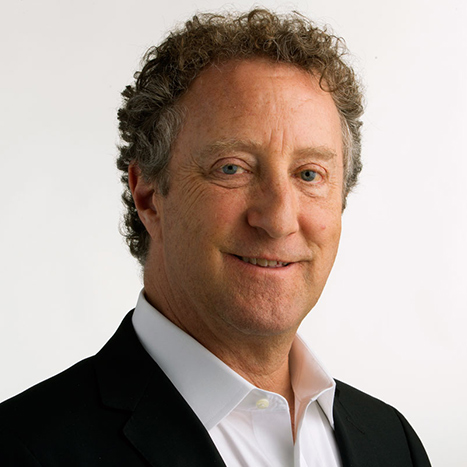
Cherian George
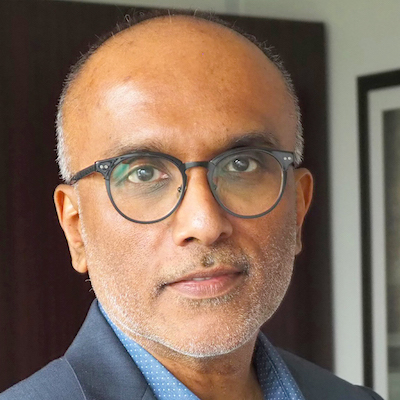
Jennifer Coogan

Francesco Zaffarano
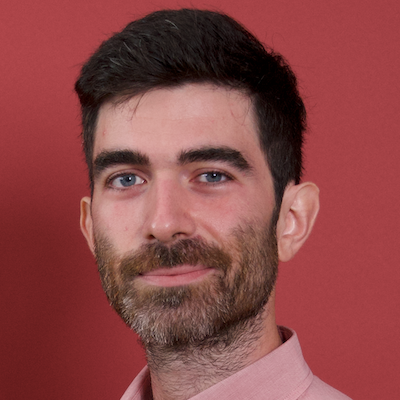
Jessica Clark

Shalabh Upadhyay

Tamar Charney
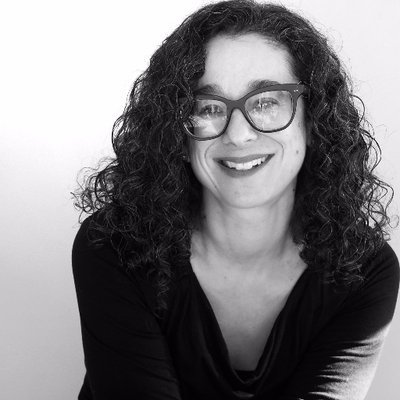
Doris Truong
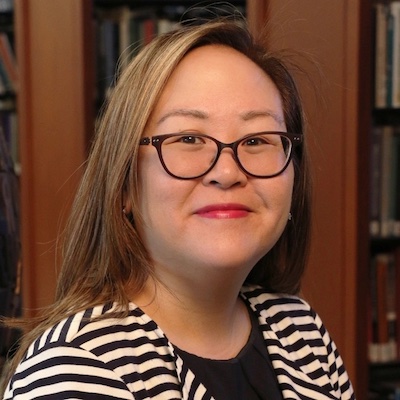
Stephen Fowler

Kathleen Searles Rebekah Trumble

Chicas Poderosas

James Green

Matt Karolian
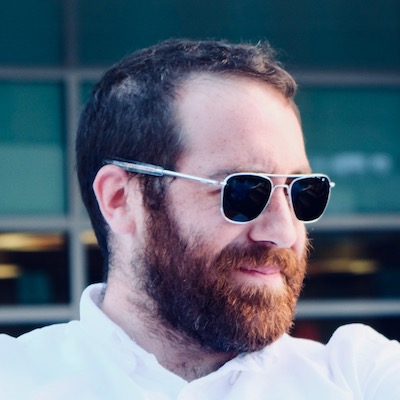
Anika Anand

Millie Tran

Natalia Viana
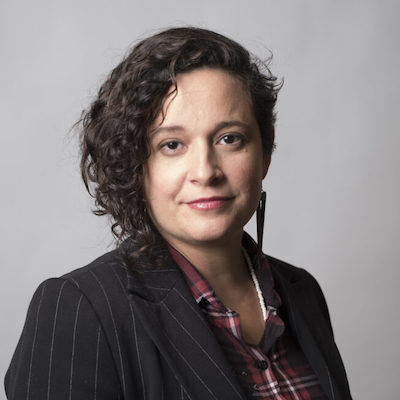
Shannon McGregor Carolyn Schmitt

Chase Davis

Burt Herman
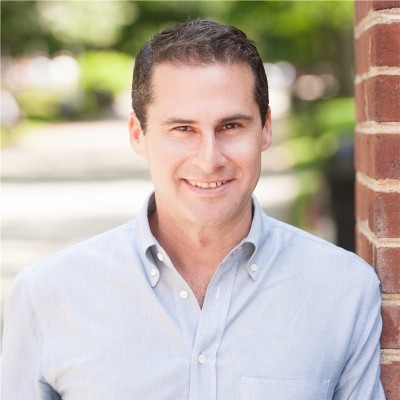
Gabe Schneider

Izabella Kaminska
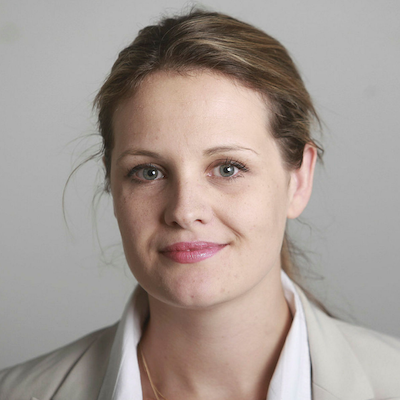
Alice Antheaume
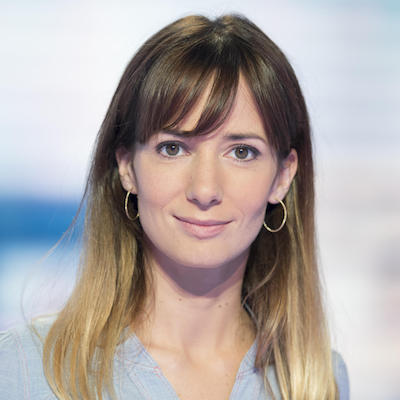
Megan McCarthy

Jennifer Brandel

Laxmi Parthasarathy

Tony Baranowski

David Skok

Christoph Mergerson
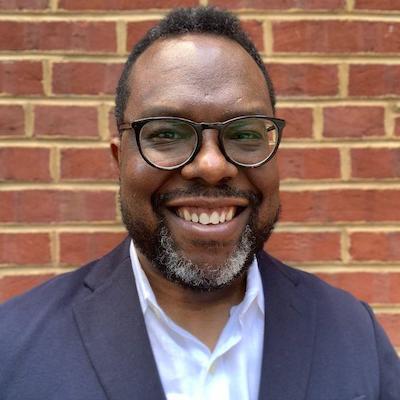
Anita Varma

Mandy Jenkins

Larry Ryckman

Andrew Freedman

Joni Deutsch
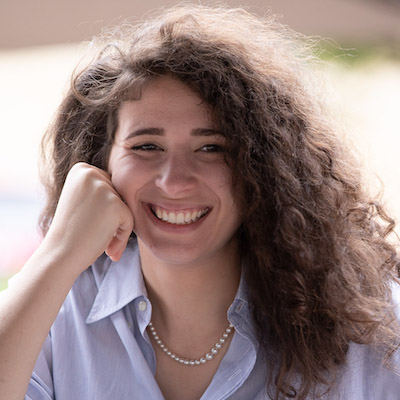
Candace Amos
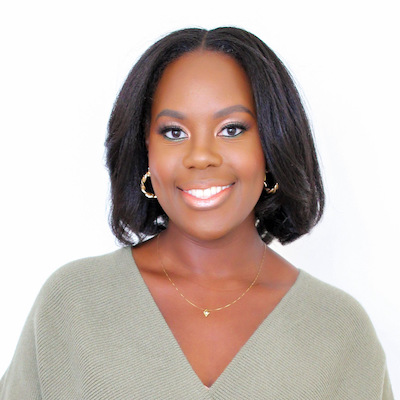
A.J. Bauer

Simon Allison

Kristen Jeffers
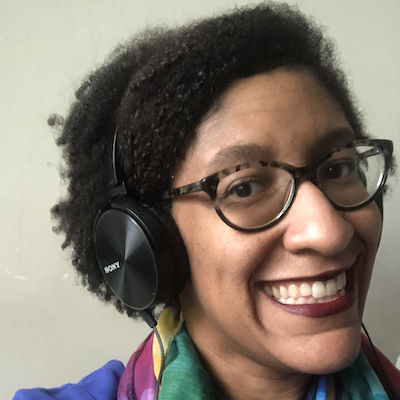
j. Siguru Wahutu
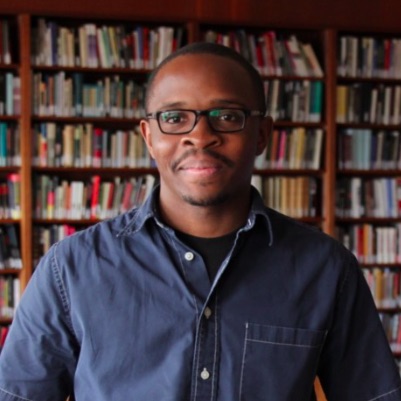
Cindy Royal

Sarah Stonbely

Zizi Papacharissi
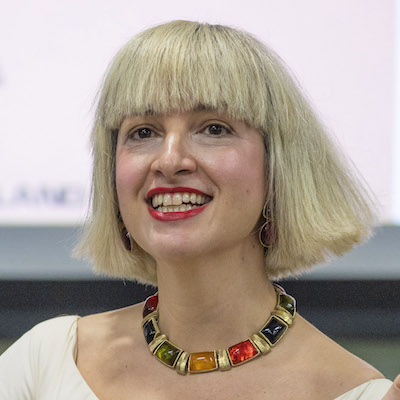
Richard Tofel

Mary Walter-Brown

Tom Trewinnard

Nik Usher

Melody Kramer

Gordon Crovitz

Kristen Muller
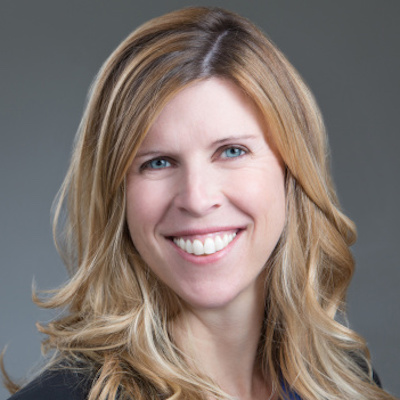
Matt DeRienzo
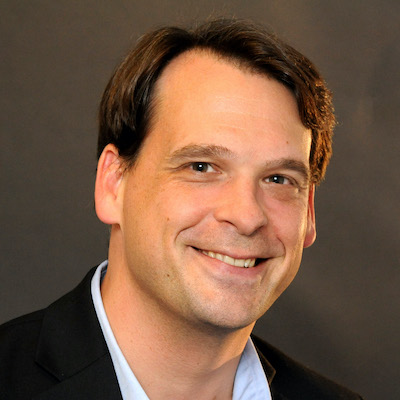
Brian Moritz

Mike Rispoli

Ståle Grut

Robert Hernandez
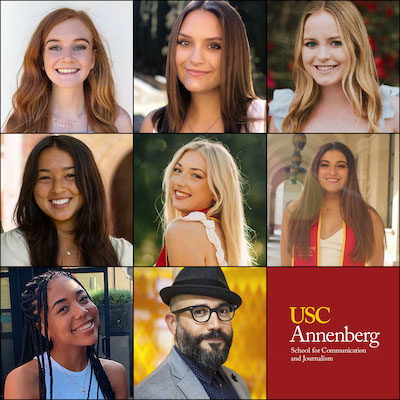
Amara Aguilar

Gonzalo del Peon

S. Mitra Kalita
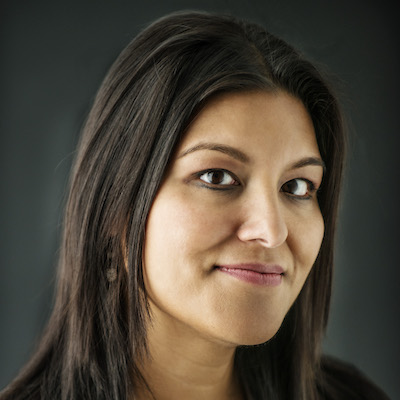
David Cohn

Moreno Cruz Osório

John Davidow

Joe Amditis

Don Day

Eric Nuzum

Errin Haines

Sam Guzik

Julia Munslow

Kendra Pierre-Louis
